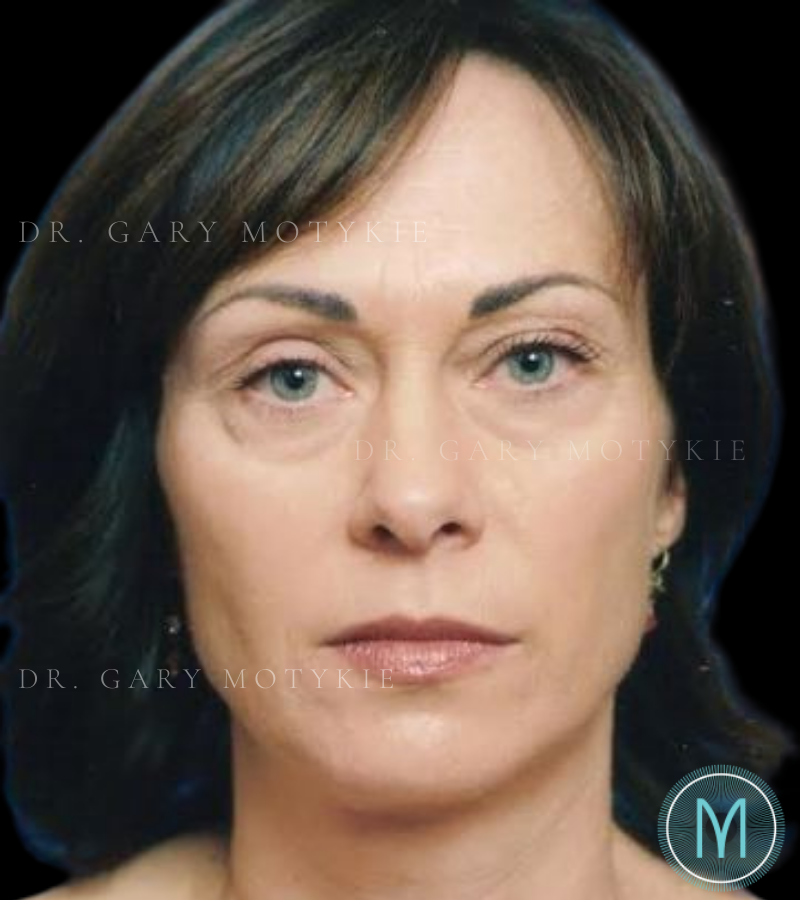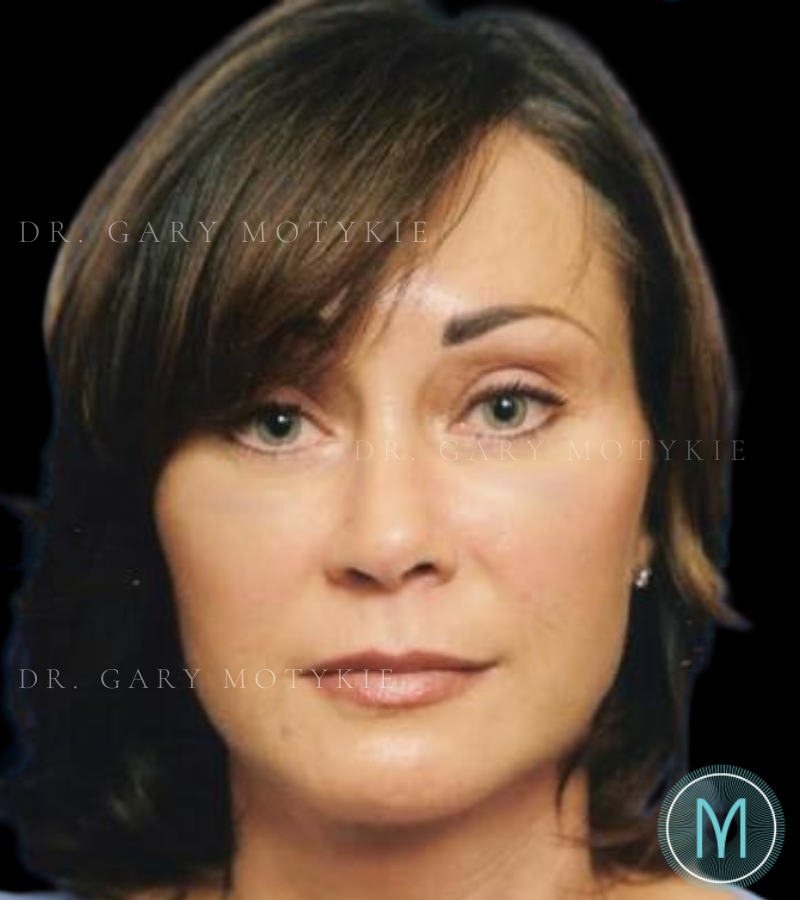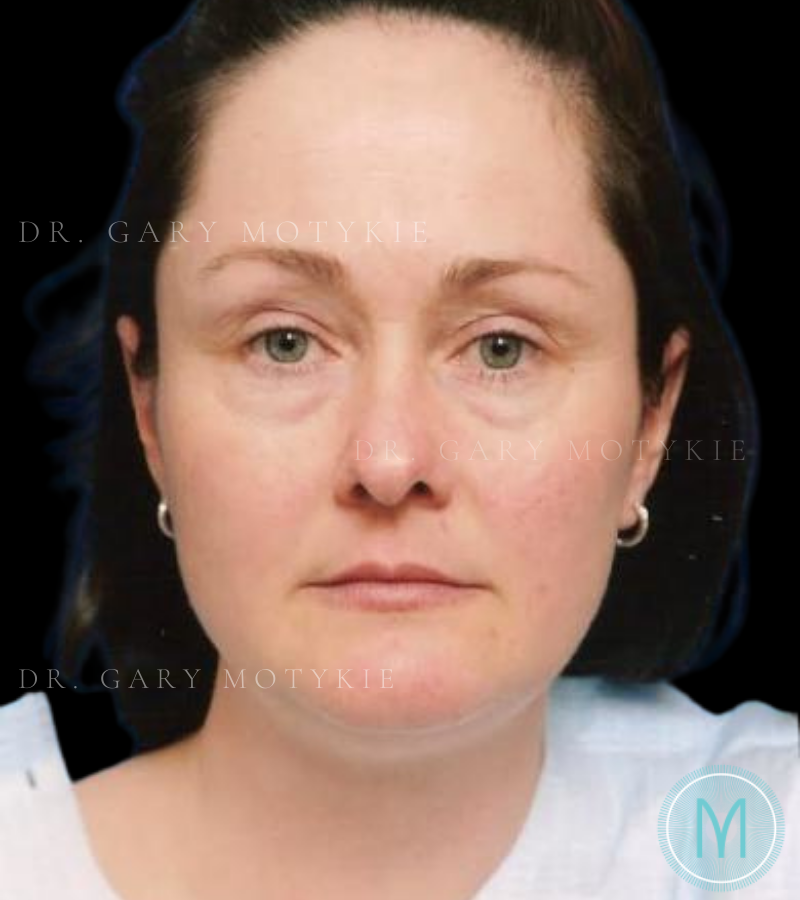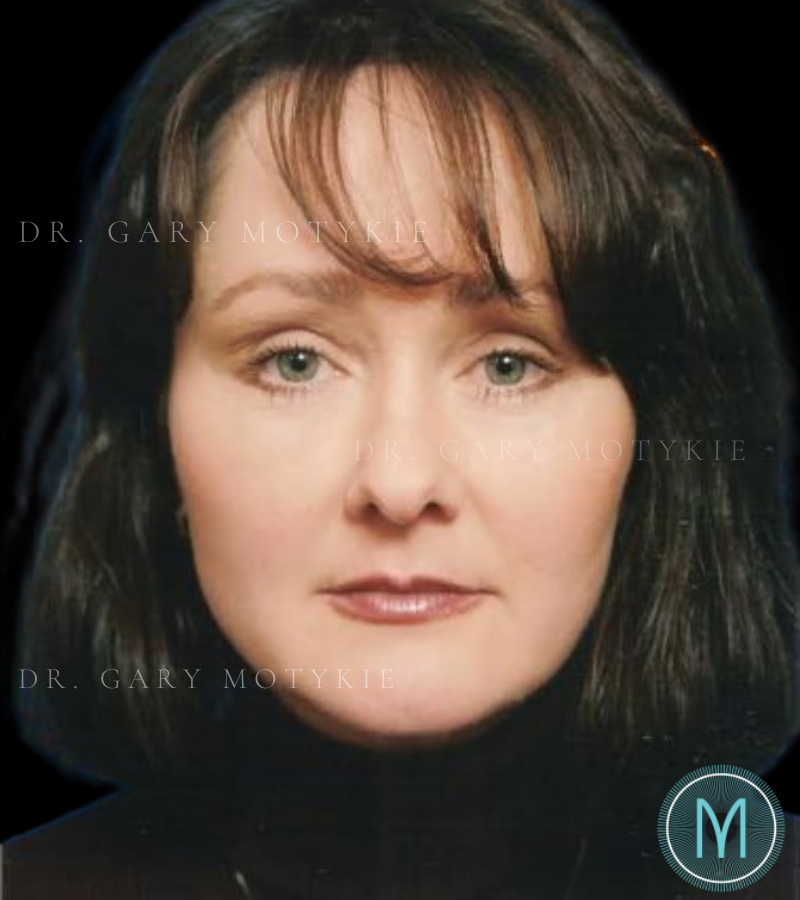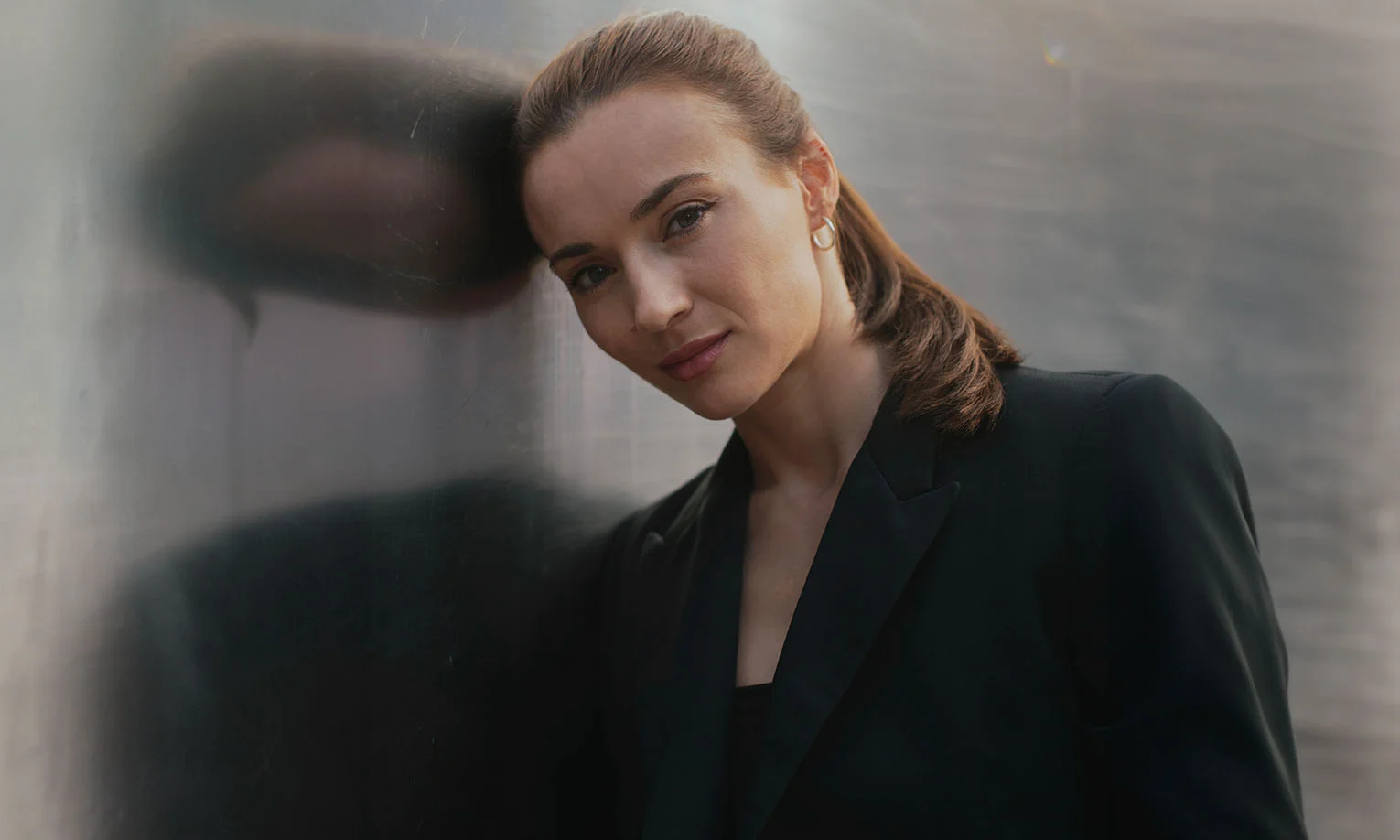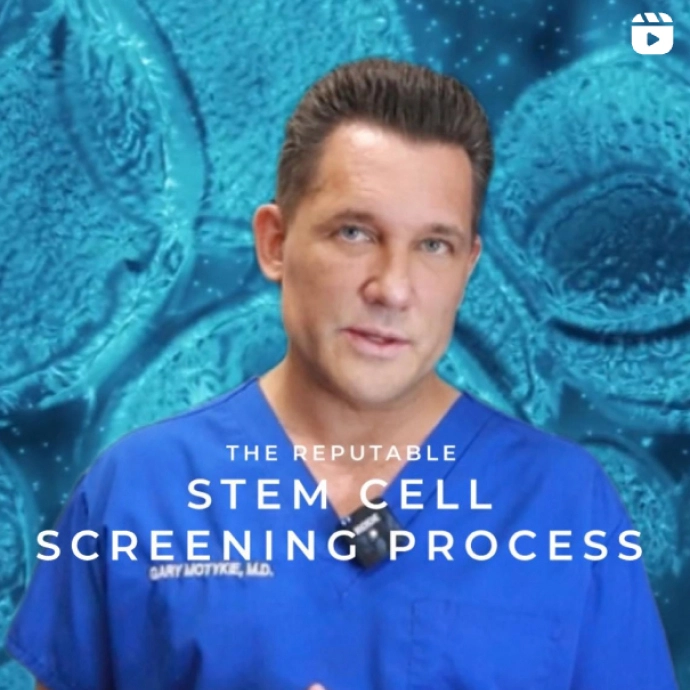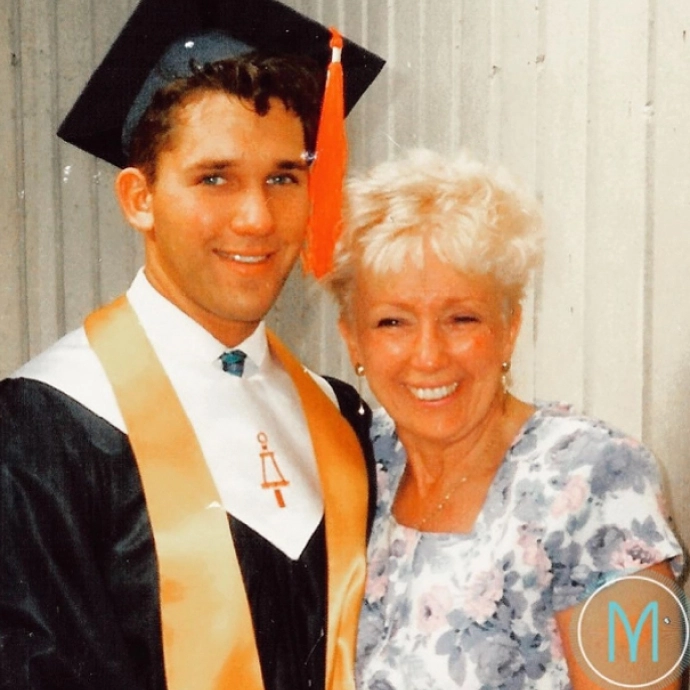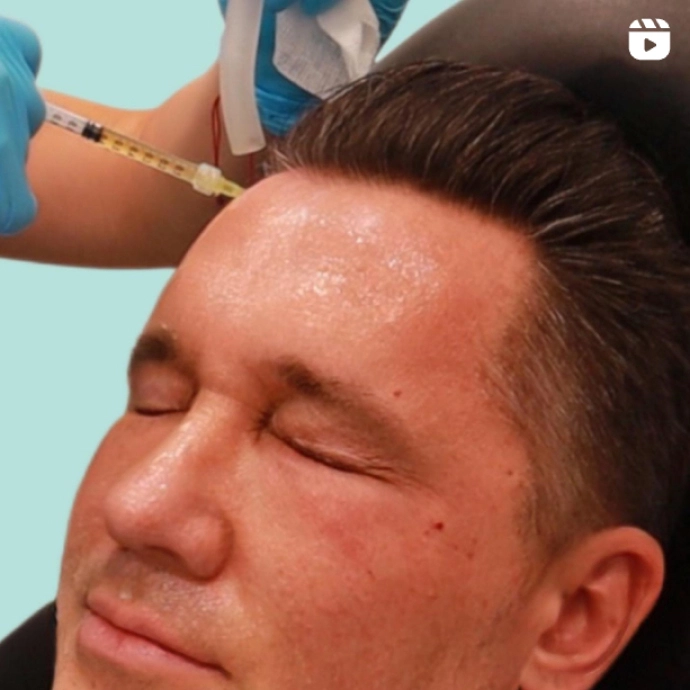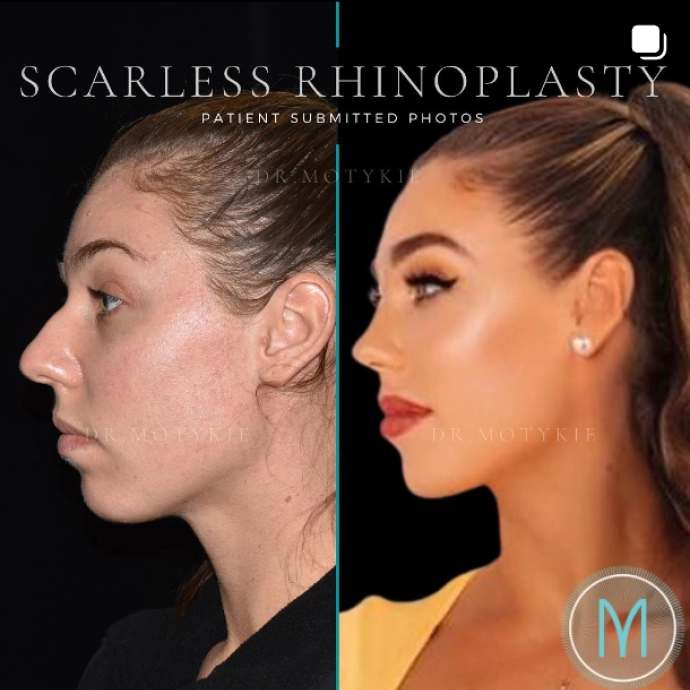You can start your journey to a more refreshed face by scheduling your initial consultation with Dr. Motykie in West Hollywood. During your first appointment, you’ll discuss your questions, concerns, aesthetic goals, and medical history. Gary Motykie, M.D., will conduct a thorough examination and recommend a personalized surgical plan.
Once you determine you are comfortable with the steps moving forward, you’ll receive pre-op instructions to ensure you are fully prepared for the procedure.
